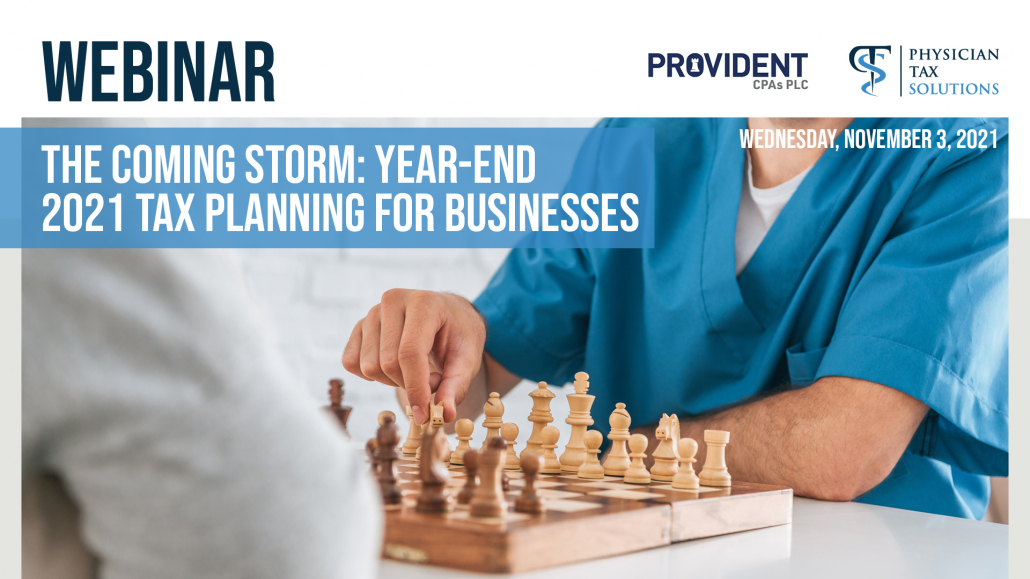Posts Tagged ‘business strategy’
Hiring Your Child in Your Family Business: Tax Benefits and Compliance Tips
Hiring your child in your family business can be a rewarding way to teach them responsibility while also providing substantial tax benefits for both you and your child. By paying them a salary, you can deduct it as a business expense, effectively reducing your taxable income. Meanwhile, your child can earn up to the…
Read MoreThe Coming Storm: Year-End Tax Planning for Businesses
The Vital Role of Customer ROI and Customer Experience
The customer is always right, and in the age of social media, their feedback has a big impact on your business—good or bad. That’s why every business strategy should focus on customer ROI The proliferation of and dependence on the internet has brought many pros and cons for businesses large and small. You can more…
Read MoreTips for Maintaining Medical Practice Profitability
Expand with novel services. Connect with new patients. How to build revenue when burdened with rising operating costs and changes in the healthcare system As deductibles rise, medical practices can see big losses. Some patients can no longer afford medical bills, leading them to avoid seeking treatment when they should. Or, many will simply seek…
Read More



